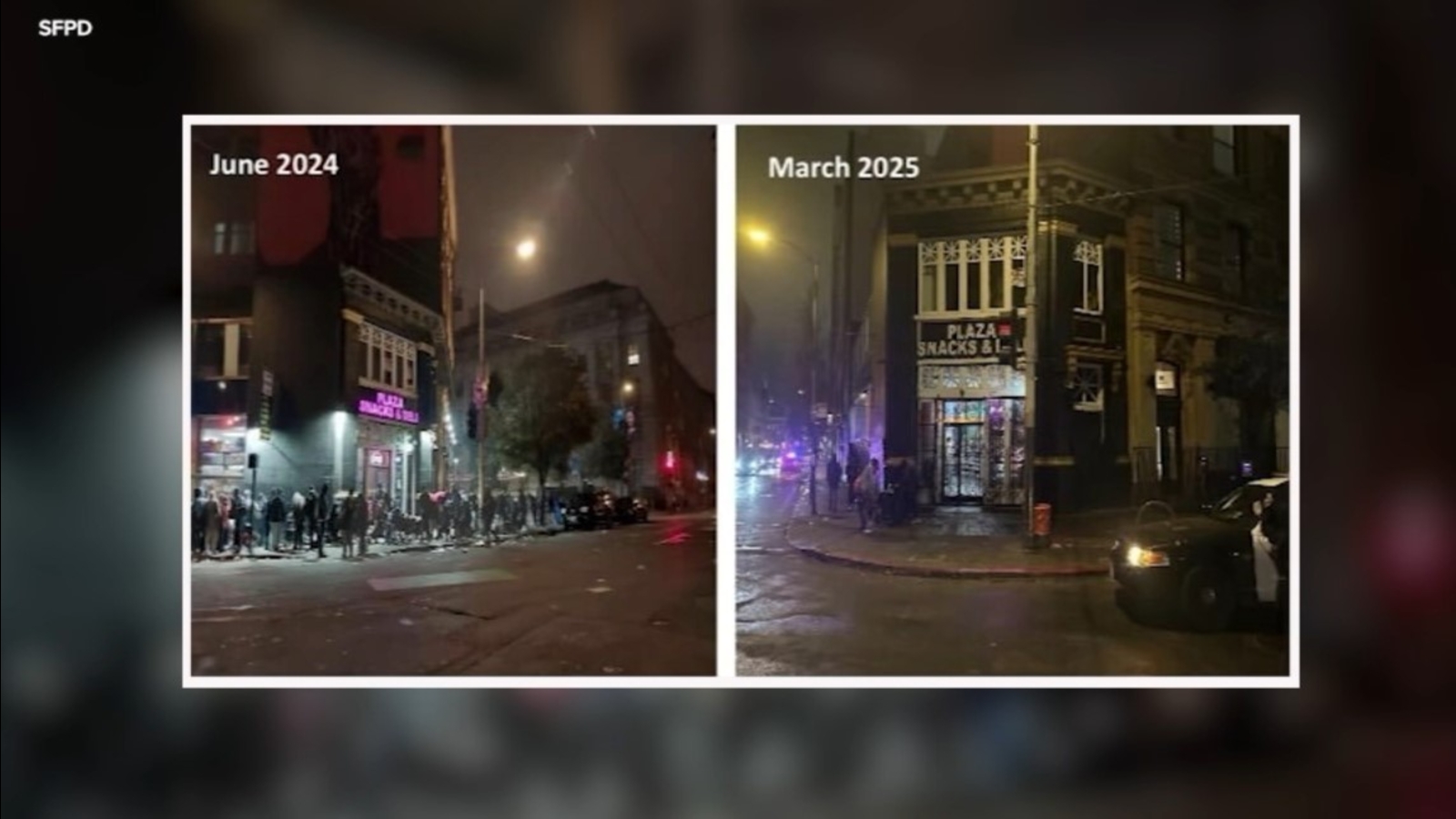Nighttime Crackdown: Tenderloin Crime Plummets After Business Curfew, City Eyes Wider Rollout

San Francisco's Tenderloin neighborhood has found an innovative solution to late-night crime and safety concerns through a strategic curfew implemented last summer. The ordinance requires most businesses to shut down between midnight and 5 a.m., aiming to reduce nighttime criminal activity and improve neighborhood safety.
Recent data from the San Francisco Police Department (SFPD) suggests the curfew has been remarkably effective. The positive results have caught the attention of city supervisors, who are now considering extending the program to further enhance community security.
By limiting business operations during the early morning hours, the curfew has created a more controlled environment, potentially deterring potential criminal incidents and providing residents with a greater sense of peace and safety. The early success of this initiative demonstrates the city's commitment to proactive community-driven solutions for urban safety challenges.
